Betavolt, a Chinese startup, has announced that it has developed a revolutionary battery capable of powering smartphones for 50 years without requiring recharging.
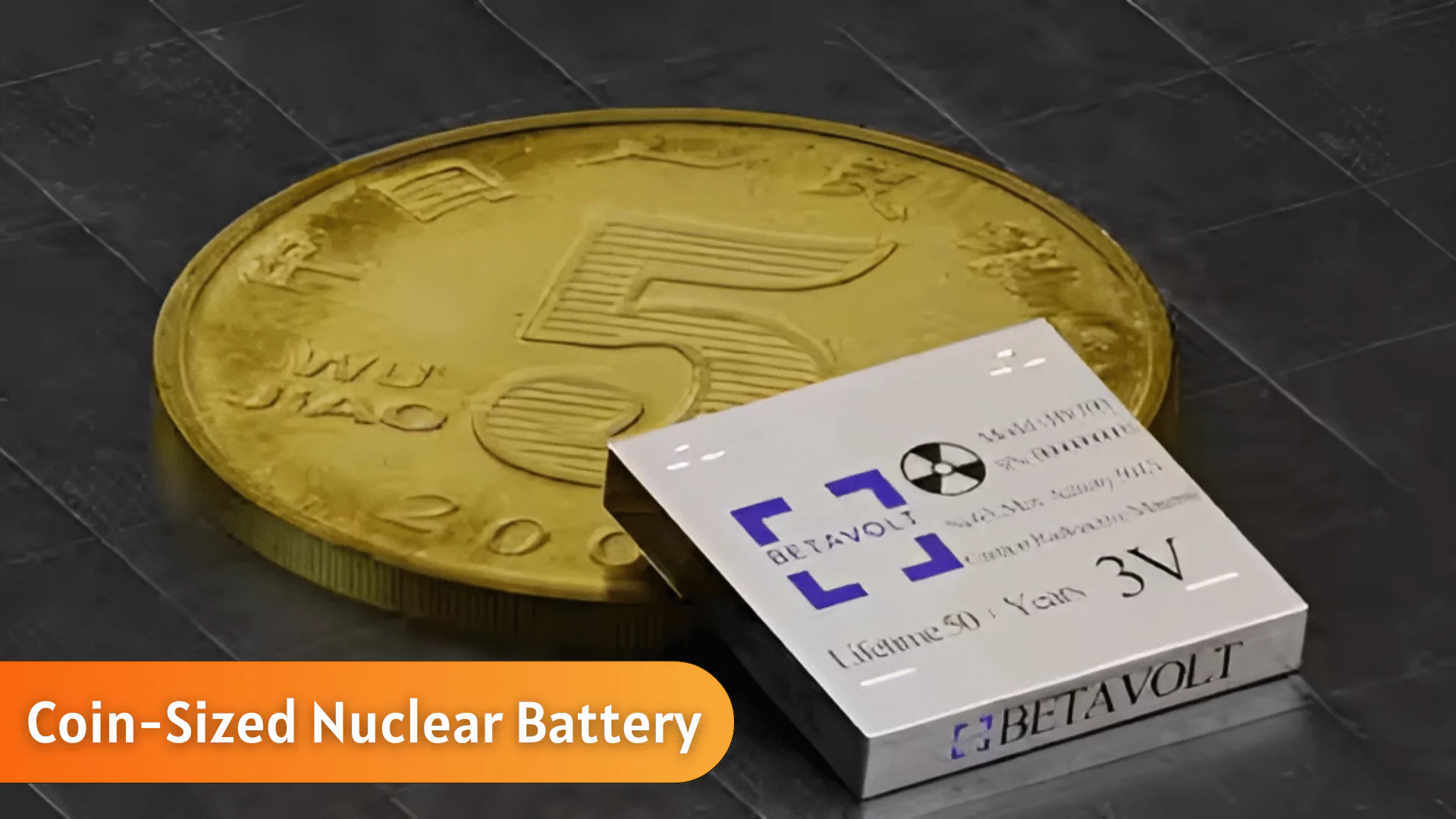
Coin-Sized Nuclear Battery
News Source: Economic Times
| Must Read | |
| NCERT Notes For UPSC | UPSC Daily Current Affairs |
| UPSC Blogs | UPSC Daily Editorials |
A team led by Northwestern University in Illinois has developed a new fuel cell they claim can harvest energy from microbes living in the soil to power sensors, communications.

Soil Microbial Fuel Cell (SMFC)
News Source: Indian Express
| Must Read | |
| NCERT Notes For UPSC | UPSC Daily Current Affairs |
| UPSC Blogs | UPSC Daily Editorials |
The World Health Organization (WHO) has released comprehensive guidelines on the ethical use and governance of large multi modal models (LMM) in healthcare.
World Health Organisation WHO
|
|---|
Also Read:
News Source: Down to Earth
| Must Read | |
| NCERT Notes For UPSC | UPSC Daily Current Affairs |
| UPSC Blogs | UPSC Daily Editorials |
The Supreme Court directed the Centre to clear its plans to save the critically-endangered Great Indian Bustard.

Great Indian Bustard
News Source: The Hindu
| Must Read | |
| NCERT Notes For UPSC | UPSC Daily Current Affairs |
| UPSC Blogs | UPSC Daily Editorials |
A Japanese spacecraft SLIM (Smart Lander for Investigating Moon), touched down on the moon, making Japan the fifth country to reach the lunar surface.

SLIM: Smart Lander for Investigating Moon
News Source: MoneyControl
| Must Read | |
| NCERT Notes For UPSC | UPSC Daily Current Affairs |
| UPSC Blogs | UPSC Daily Editorials |
Chief Justice of India and Judges of the Supreme Court in a Full Court meeting designates 56 lawyers as ‘senior advocates’.
Who is an Advocate?
|
|---|
News Source: The Hindu
| Must Read | |
| NCERT Notes For UPSC | UPSC Daily Current Affairs |
| UPSC Blogs | UPSC Daily Editorials |
Caste Census in Andhra Pradesh: The Andhra Pradesh government has started a 10-day-long “caste survey”, to create a comprehensive caste-based database of people.
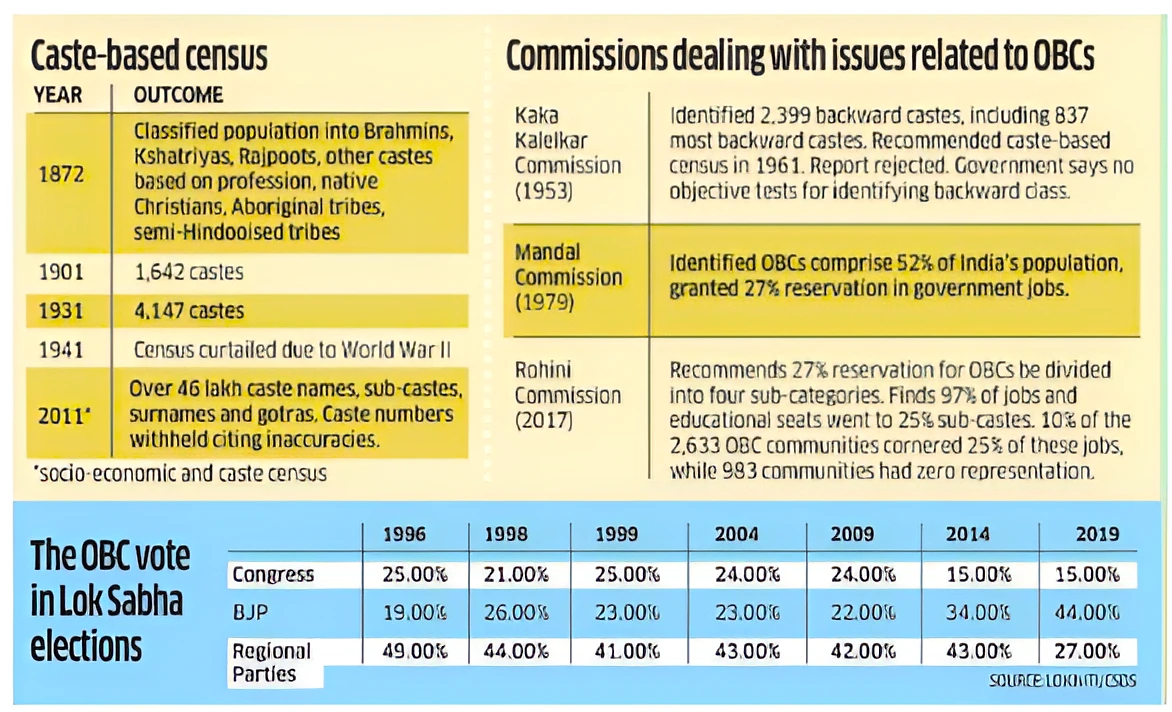
| Difference | Census | Socio-Economic Caste Census (SECC) |
| Legal Basis | Census Conducted under the Census Act, 1948 | Not conducted under any specific Act |
| Confidentiality of Data | Individual data is confidential | Personal information is open for use by government departments for benefits allocation/restriction to households |
| Duration | Conducted every 10 years (e.g., 2011) | Last SECC conducted in 2011 |
| Historical Background | First synchronous census in India was held in 1881, evolving since 1885 to 1872 in different parts | First SECC conducted in 1931 and later in 2011 |
News Source: LiveMint
| Must Read | |
| NCERT Notes For UPSC | UPSC Daily Current Affairs |
| UPSC Blogs | UPSC Daily Editorials |
The inauguration of the Ram temple in Ayodhya on January 22, 2024 by the Indian Prime Minister is reminiscent of the inauguration of Somnath temple seventy-three years ago by the Indian President, Rajendra Prasad.
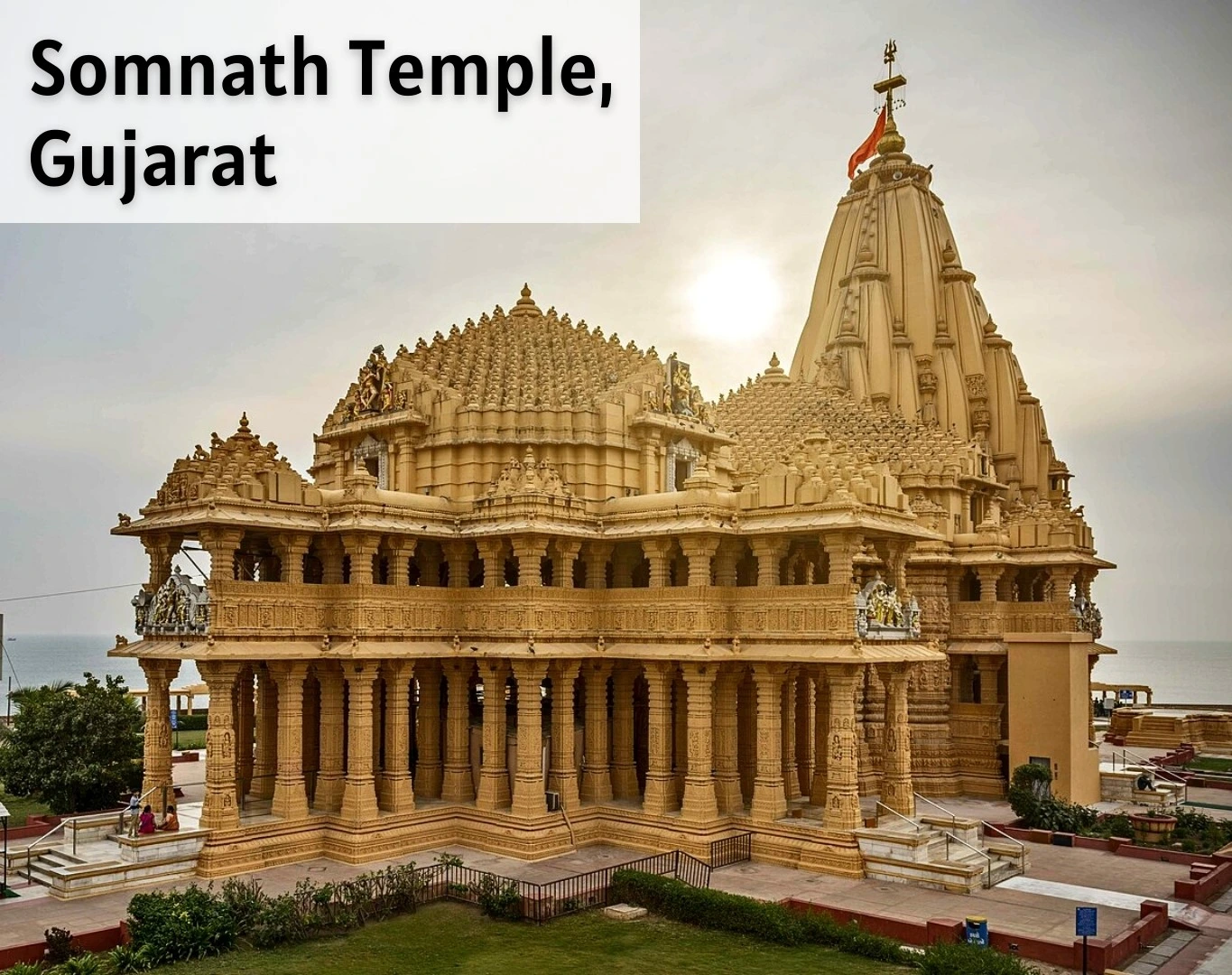
Somnath Temple, Gujarat
About Māru-Gurjara Architecture or Solanki style
|
|---|
News Source: The Indian Express
| Must Read | |
| NCERT Notes For UPSC | UPSC Daily Current Affairs |
| UPSC Blogs | UPSC Daily Editorials |
Recently, the Gangetic Dolphin was rescued by Forest Officials in Odisha from a river.
About Freshwater Dolphins
Dolphins in Odisha
|
|---|

Gangetic Dolphin
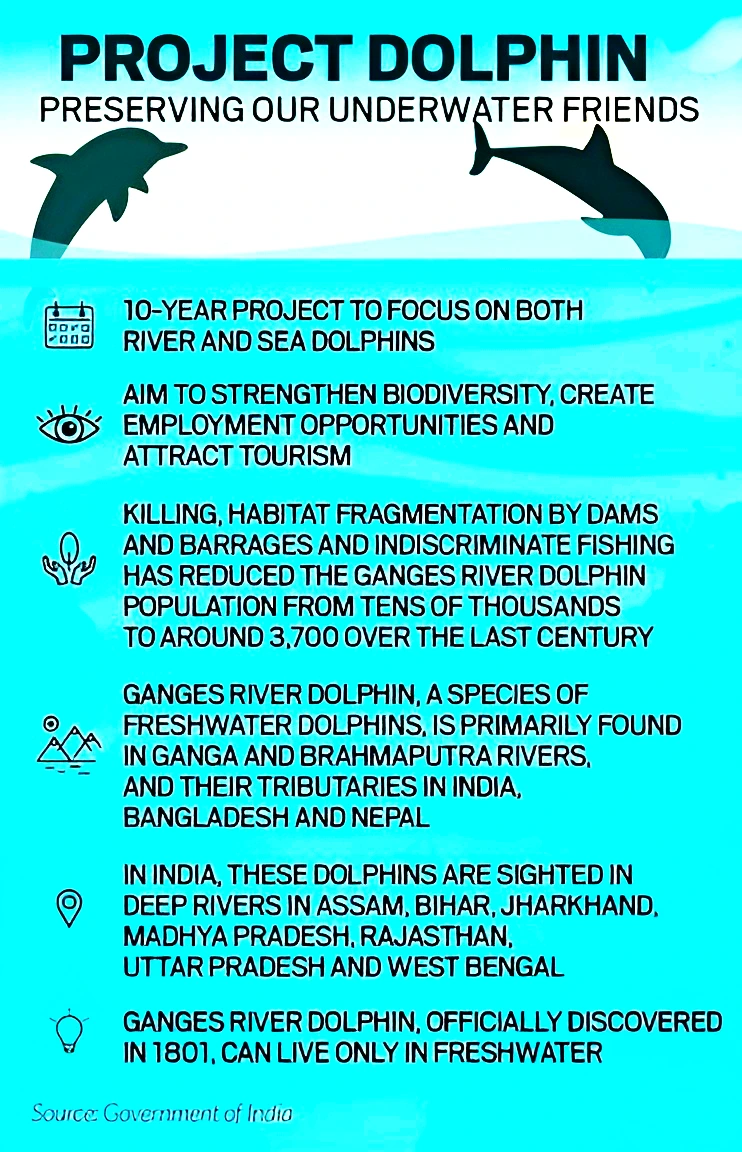 Features:
Features:News Source: Down to Earth
| Must Read | |
| NCERT Notes For UPSC | UPSC Daily Current Affairs |
| UPSC Blogs | UPSC Daily Editorials |
The Minister of State for External Affairs will participate in the Third South Summit of the Group of 77 (G77) and China in Kampala, Uganda.
South-South Cooperation
Global South
|
|---|
News Source: All India Radio
| Must Read | |
| NCERT Notes For UPSC | UPSC Daily Current Affairs |
| UPSC Blogs | UPSC Daily Editorials |
The ‘Alliance for Global Good Gender Equity and Equality’ was announced at the World Economic Forum’s (WEF) annual meeting at Davos with the support of India.
World Economic Forum
Invest India
|
|---|
News Source: PIB
| Must Read | |
| NCERT Notes For UPSC | UPSC Daily Current Affairs |
| UPSC Blogs | UPSC Daily Editorials |
Recently, the Indian Space Research Organisation (ISRO) has developed an improvised Distress Alert Transmitter for fishermen at sea to send emergency messages from fishing boats.
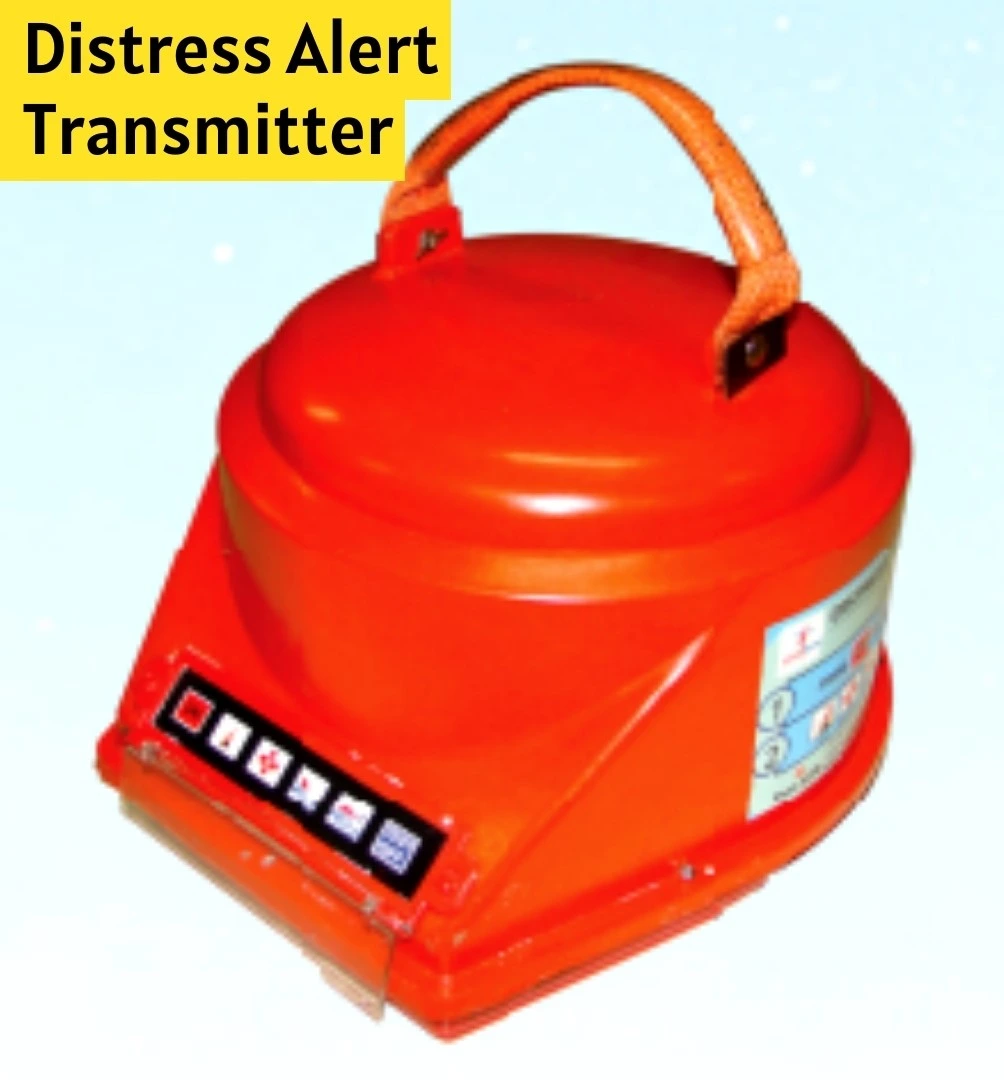
Distress Alert Transmitter
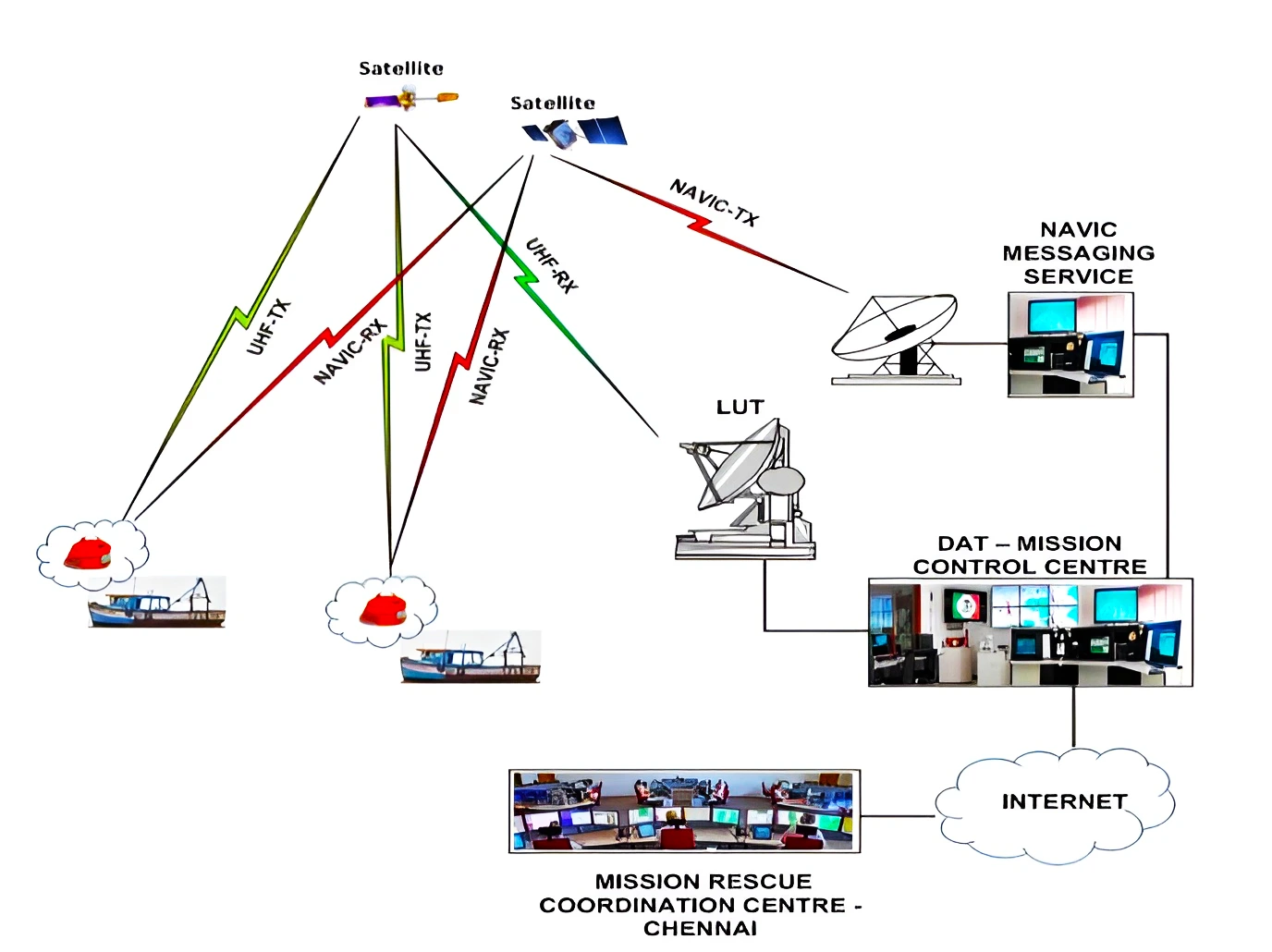
Features of Second Generation Distress Alert Transmitter
|
|---|
News Source: DH
| Must Read | |
| NCERT Notes For UPSC | UPSC Daily Current Affairs |
| UPSC Blogs | UPSC Daily Editorials |
This article is based on the news “Buddha’s teachings are not relics of the past, but a compass for our future – VP” which was published in the PIB. Recently, the 12th General Assembly of the Asian Buddhist Conference for Peace (ABCP) was inaugurated in New Delhi by the Vice President of India.
| Relevancy for Prelim: Jainism And Buddhism, Gautam Buddha, and Asian Buddhist Conference for Peace (ABCP),
Relevancy for Mains: Contemporary Relevance of Buddha’s Teachings (Four Noble Truths and Eightfold Path). |
|---|
The world faces challenges that are universal and call for concerted efforts on the issues like climate change, conflict, terrorism or poverty.
About Gautam Buddha
|
|---|
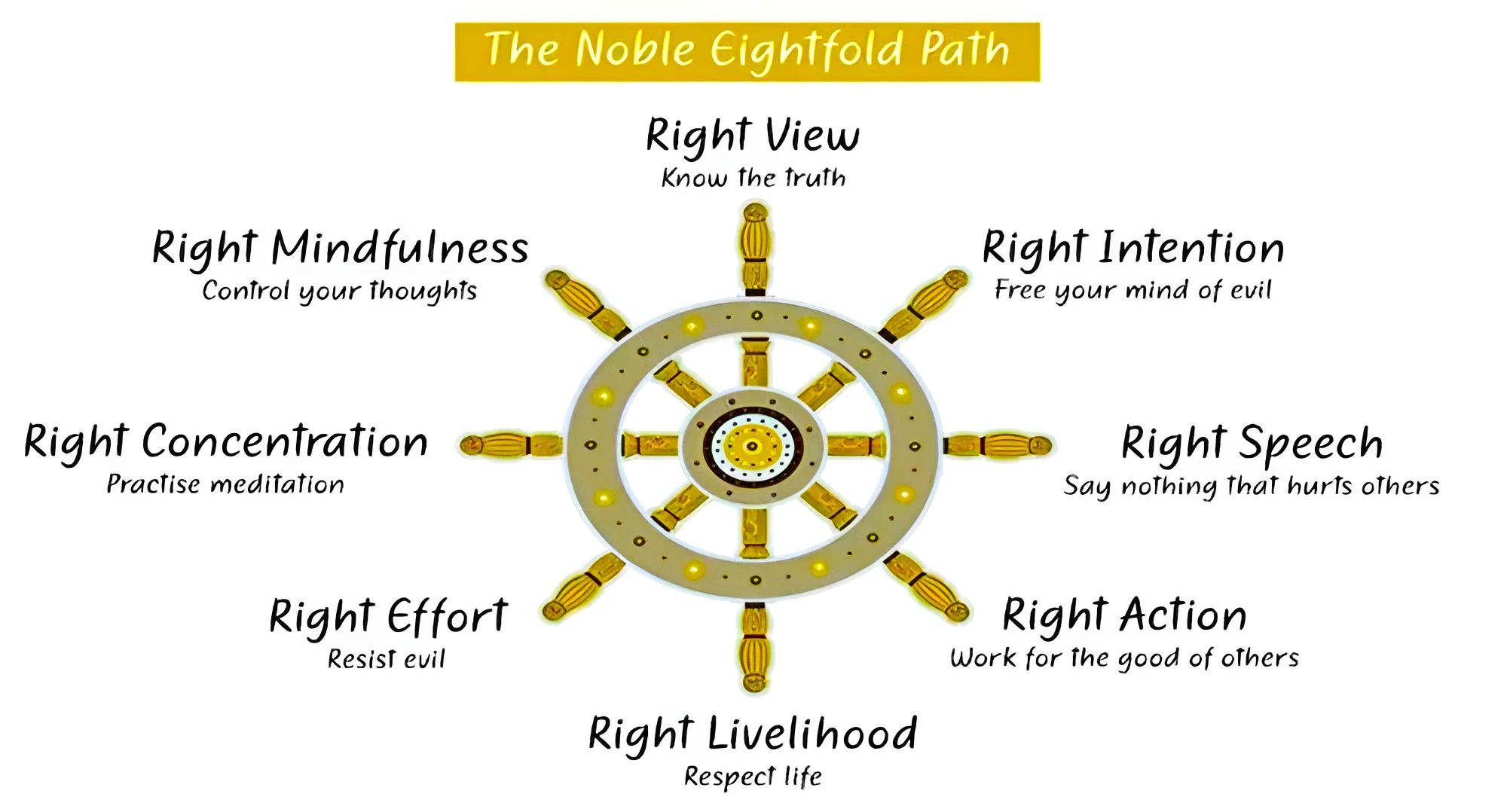
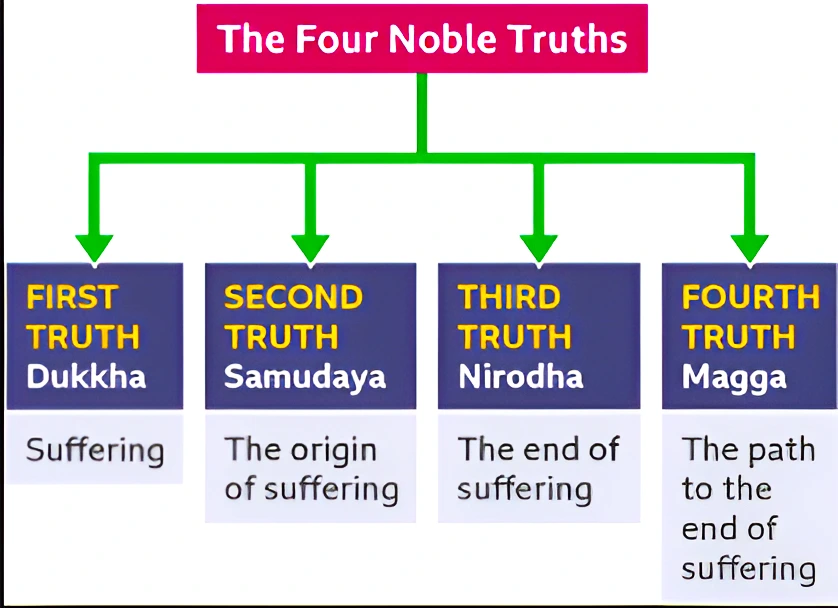 Tackling Poverty and Inequality: Lord Buddha taught us, “Bhavatu Sabb Mangalam”, which means blessings, compassion and welfare of all. Buddha’s teachings centered on the alleviation of suffering, inspire efforts to promote an equitable distribution of resources and work towards distributive justice.
Tackling Poverty and Inequality: Lord Buddha taught us, “Bhavatu Sabb Mangalam”, which means blessings, compassion and welfare of all. Buddha’s teachings centered on the alleviation of suffering, inspire efforts to promote an equitable distribution of resources and work towards distributive justice. | Mains Question: What teachings of Buddha are most relevant today and why? Discuss. (150 words, 10 Marks) |
|---|
| Must Read | |
| NCERT Notes For UPSC | UPSC Daily Current Affairs |
| UPSC Blogs | UPSC Daily Editorials |
This article is based on the news “How the legal debate over sub-categorisation among SCs has evolved over the years” which was published in the Indian Express. The Union government has established a panel of secretaries led by the Union Cabinet Secretary to categorize Scheduled Castes (SCs) into A, B, C, and D groups.
| Relevancy for Prelim: Sub Categorisation Of Scheduled Castes, National Commission For Scheduled Castes (NCSC), and Ministry of Social Justice and Empowerment.
Relevancy for Mains: Sub Categorisation Of Scheduled Caste: Why It Is Needed?, Background, Committee, Challenges, and Way Forward. |
|---|
Madiga Community:
|
|---|
What is the Presidential List?
|
|---|
Sub Categorisation Policy Being Practised Across India
|
|---|
About NCSC and NCST
|
|---|
| Must Read | |
| NCERT Notes For UPSC | UPSC Daily Current Affairs |
| UPSC Blogs | UPSC Daily Editorials |
SC Verdict on Newsclick Shows Adherence to Due Pro...
Stay Invested: On Chabahar and India-Iran Relation...
Credit Rating Agencies, Impact on India’s De...
Catapulting Indian Biopharma Industry
Globalisation Under Threat, US Import Tariffs Have...
Global Report on Hypertension, Global Insights and...
<div class="new-fform">
</div>
